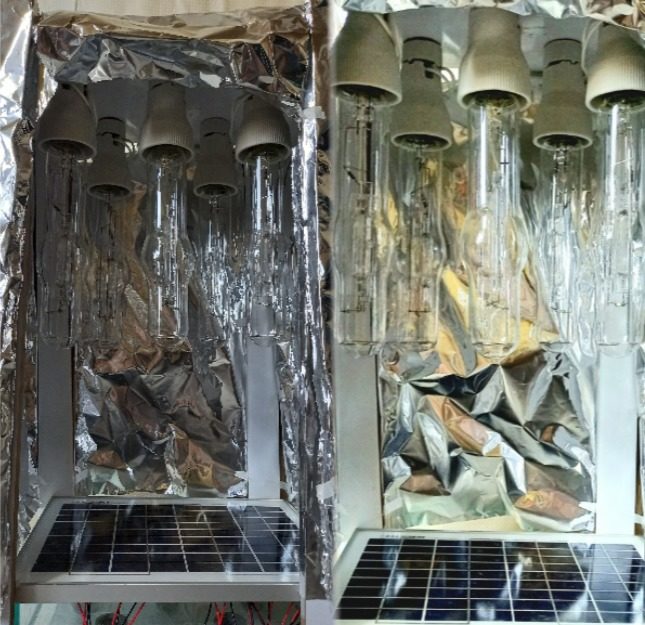Researchers from the Kermanshah University of Technology in Iran have investigated the possibility of reducing the operating temperature of solar panels with ultrasonic (US) thermoelectric generators (TEG).
“Although ultrasonic technology has been recognized as an effective new method for increasing the efficiency of heat transfer processes, research on the use of ultrasonic waves to increase the cooling performance of the PV systems is very rare,” researcher Amin Shahsavar told pv magazine. “However, so far no studies have been conducted on the use of cold vapor induced by high-frequency ultrasonic waves for cooling the cold side of TEGs in a PV-TEG hybrid system.”
Ultrasonic energy is generally used in other applications as a cooling method by spraying and atomizing a cold liquid to hot surfaces to reduce their temperature.
“High-frequency ultrasonic waves can produce cold steam and can atomize water droplets, which have a high specific surface area for the heat transfer process,” the scientists explained.
The proposed system can generate cold steam by ultrasonic piezoelectrics in a simple batch system. The generated cold steam is in contact with the cold side of the TEGs that are connected to the backside of a solar module.
They academics the system with a 10 W solar panel measuring 36 cm × 27 cm × 10 cm, which was provided by Taiwanese semiconductor maker ACDC Taiwan. They used a solar simulator consisting of a chamber with a wooden base and a roof, with the sidewalls being covered with aluminum foil sheets.
They also equipped the chamber with a cubic glass enclosure with a size of 35 cm × 25 cm × 10 cm and five ultrasonic piezoelectrics (PZTs). They used 12 thermoelectric generators based on bismuth telluride, each with dimensions of 40 mm × 40 mm × 4 mm and maximum voltages 4 V and and 24.4 A of current. They also used a laser thermometer to measure the module operating temperature and d a digital thermometer with two thermocouples to measure the inlet and outlet temperatures of the working fluid.
The Iranian group applied several working fluids, including water-based nanofluid containing silicon carbide (SiC), a mixture of ethanol and water with different volume fractions of ethanol, and a mixture of ethanol and water with SiC nanofluid.
“Comparing the effect of working fluids proved that SiC nanofluid, even at very low concentrations, due to its high conductivity, had a more significant effect than water in reducing the temperature of the photovoltaic module and increasing its electrical efficiency,” it explained.
They found that the maximum values of power yield and power conversion efficiency of the photovoltaic module were achieved with a mixture of ethanol and water with SiC nanofluid.
They introduced the cooling tech in “Improving the performance of photovoltaic modules using ultrasonic- thermoelectric generators,” which was recently published in Applied Thermal Energy.
“The results showed that for all working fluids and all arrangements of thermoelectric generators, the value of the coefficient of energy is higher than 1, which proves that the ultrasonic-thermoelectric generators/photovoltaic system is fully practical,” the scientists said. “Through an advanced understanding of the benefits of US-TEG/PV technology, this study forms the rationale for implementing ultrasonic cooling systems that lead to the design and analysis of a pilot project.”
This content is protected by copyright and may not be reused. If you want to cooperate with us and would like to reuse some of our content, please contact: editors@pv-magazine.com.




3 comments
By submitting this form you agree to pv magazine using your data for the purposes of publishing your comment.
Your personal data will only be disclosed or otherwise transmitted to third parties for the purposes of spam filtering or if this is necessary for technical maintenance of the website. Any other transfer to third parties will not take place unless this is justified on the basis of applicable data protection regulations or if pv magazine is legally obliged to do so.
You may revoke this consent at any time with effect for the future, in which case your personal data will be deleted immediately. Otherwise, your data will be deleted if pv magazine has processed your request or the purpose of data storage is fulfilled.
Further information on data privacy can be found in our Data Protection Policy.